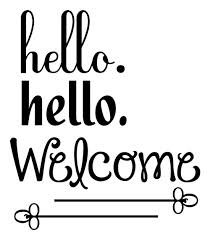EyeCare Business
INFORMAL onboarding consists of employees learning about their new jobs without an organizational plan or written process. It may include job shadowing and knowledge exchange with key employees, mentoring and coaching with managers, and on-the-job training with existing employees.
 FORMAL onboarding includes a sequence of procedures that take a new employee through the process of learning job tasks and office social norms. Activities can include: Web-based video orientations, e-tutorials, interval training planned so learning occurs at specifically planned junctures, team roundtables, and, finally, field experiences and product training with key vendors.
FORMAL onboarding includes a sequence of procedures that take a new employee through the process of learning job tasks and office social norms. Activities can include: Web-based video orientations, e-tutorials, interval training planned so learning occurs at specifically planned junctures, team roundtables, and, finally, field experiences and product training with key vendors.
The most successful onboarding programs have one individual overseeing how the employee navigates the process, and all current employees are included in some of the activities. According to the SHRM, there are four elements that indicate a successful onboarding.
SELF CONFIDENCE in job performance, which effects organizational commitment.
ROLE CLARITY, making sure your new hire understands their role and expectations.
SOCIAL INTEGRATION, when an employee begins to establish healthy working relationships with existing employees.
ORGANIZATIONAL CULTURE KNOWLEDGE, an understanding of your practice’s culture and how they fit into it. This is key to a new hire’s ability to support your principles, values, and mission.